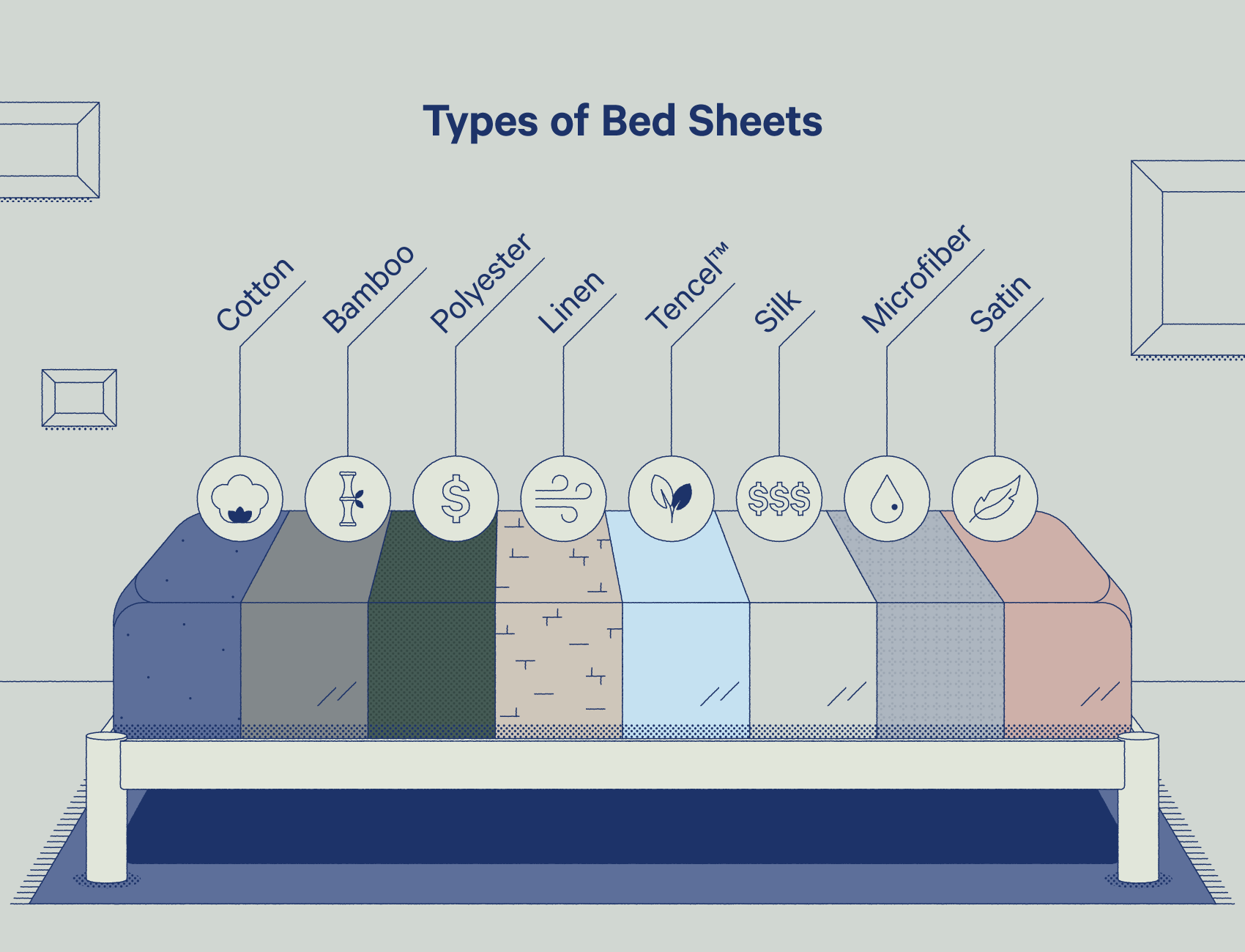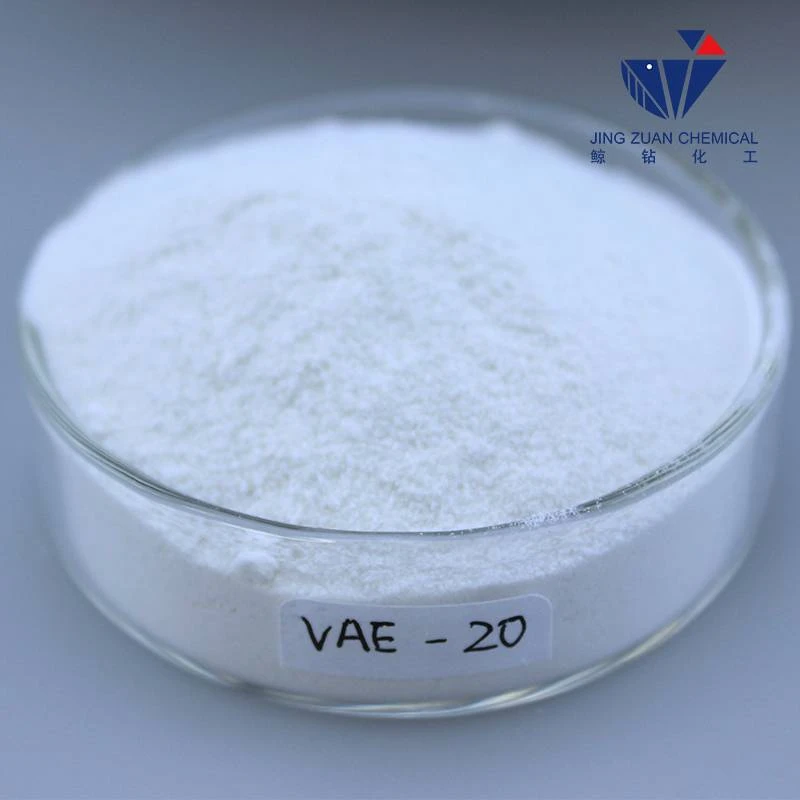...
2025-08-15 02:41
1004
...
2025-08-15 02:33
1891
...
2025-08-15 02:20
963
...
2025-08-15 02:18
2459
...
2025-08-15 01:52
1339
...
2025-08-15 01:51
1091
...
2025-08-15 01:40
2372
...
2025-08-15 01:15
1239
...
2025-08-15 00:30
2576
...
2025-08-15 00:14
2101






